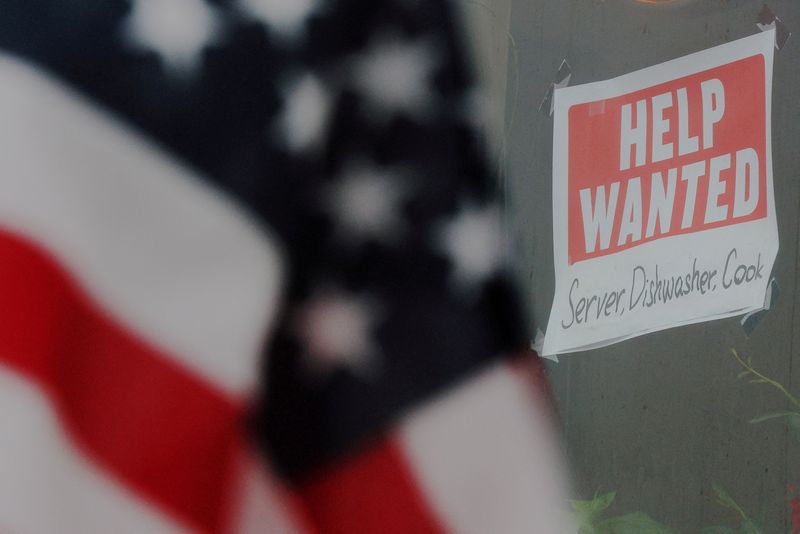Bill Gross warns on gold momentum as regional bank stocks tumble
Investing.com - The U.S. added more jobs than anticipated in May, although the prior month’s total was revised lower by 30,000, as investors attempt to gauge the impact of President Donald Trump’s aggressive tariff agenda on the broader economy.
Nonfarm payrolls last month came in at 139,000, falling from 147,000 in April but above economists’ estimates of 126,000, Labor Department data showed on Friday. April’s figure originally stood at 177,000, while March’s total was also brought down by 65,000 to 120,000.
Federal employment declined by 22,000, reflecting an ongoing push by the White House to cut away at the size of the U.S. government workforce. Employment in the sector has slipped by 59,000 since January, when Trump returned to office for a second term in office.
Hiring in the health care, hospitality, and social assistance segments was trending up, the Labor Department’s Bureau of Labor Statistics said in a statement.
The unemployment rate was 4.2%, matching the previous month’s pace as expected, while average hourly wage growth edged up to 0.4% month-on-month from 0.2%.
A separate report earlier this week found that U.S. private employers added fewer jobs than anticipated in May, in a sign of potential cooling in the labor market as companies grapple with uncertainty around Trump’s tariff policies -- although analysts have flagged relatively little correlation between private payrolls and the Bureau of Labor Statistics’s labor market data.
Elsewhere, job openings grew in April, although layoffs increased, potentially indicating some softening in demand for workers.
Heading into the release of the jobs report, analysts had been mostly anticipating that the Federal Reserve -- which is partly tasked with promoting maximum employement -- will opt to leave interest rates unchanged at its upcoming policy meeting this month.
In the wake of the data, this assumption was all but cemented, while there was little chance of a rate reduction until September, according to CME Group’s (NASDAQ:CME) FedWatch Tool.
Earlier this week, Kansas City Fed President Jeff Schmid expressed some worries over the impact of Trump’s sweeping tariffs on inflation, the second central focus of the central bank. Schmid’s statement further cemented expectations that the Fed will keep borrowing costs steady at a range of 4.25% to 4.5% at its latest gathering -- and perhaps for a longer period of time beyond that.
